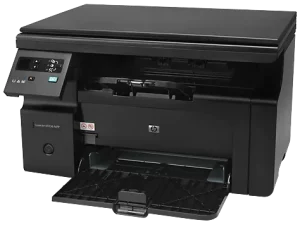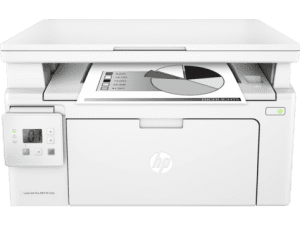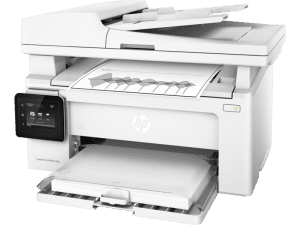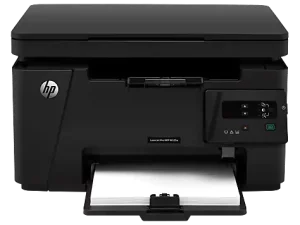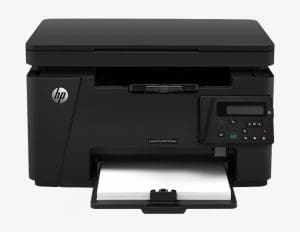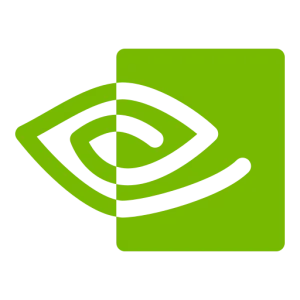
Fedora Nvidia Drivers
Published:
September 14th, 2023
Updated:
September 14th, 2023
Developer:
Version:
515.65.01
Platform:
Fedora Nvidia Drivers
Table of Contents
How to Install Nvidia Drivers on Fedora?
Nvidia Drivers are the programs that communicate between your Linux operating system, in this case Fedora, and your NVIDIA Graphics GPU. This article explains how to install Nvidia Drivers on Fedora using the RPM Fusion repositories.
This method is the recommended way of installing drivers on a Fedora system as it does not require any re-compiling if kernel updates occur.
How to Install The Drivers on Fedora?
Fedora does not include Nvidia drivers in the system repository due to several reasons. However, there is a third-party RPM Fusion repository that includes proprietary software, such as the Nvidia driver. This is the recommended installation method since it saves you from having to deal with driver re-compiling. This process is required when your system updates the kernel, and it can be frustrating for users who want to avoid the risk of unstable drivers.
To download and install Nvidia drivers on Fedora, you can use the RPM Fusion repository, which provides Nvidia drivers for Fedora. Here’s a step-by-step guide to installing Nvidia drivers on Fedora:
Note: Before proceeding, ensure that you have an Nvidia graphics card in your system.
- Enable RPM Fusion Repository: Open a terminal and run the following commands to enable the RPM Fusion repository. RPM Fusion provides both free and non-free software packages, including Nvidia drivers.
For Fedora 32 and later:
sudo dnf install https://mirrors.rpmfusion.org/free/fedora/rpmfusion-free-release-$(rpm -E %fedora).noarch.rpm https://mirrors.rpmfusion.org/nonfree/fedora/rpmfusion-nonfree-release-$(rpm -E %fedora).noarch.rpm
For Fedora 31 and earlier:
sudo dnf install https://download1.rpmfusion.org/free/fedora/rpmfusion-free-release-$(rpm -E %fedora).noarch.rpm https://download1.rpmfusion.org/nonfree/fedora/rpmfusion-nonfree-release-$(rpm -E %fedora).noarch.rpm
- Check Your Graphics Card: Determine the exact Nvidia graphics card model in your system. You’ll need this information to download the appropriate driver.
You can use the following command to check your Nvidia GPU:
lspci | grep -i nvidia
- Install Nvidia Drivers: Install the Nvidia driver package that corresponds to your GPU model. Replace
<nvidia-driver-package>with the appropriate package name.- For the latest drivers (recommended for most users):
sudo dnf install akmod-nvidia
- For legacy drivers (older Nvidia cards):
sudo dnf install akmod-nvidia-390xx
- For the latest drivers (recommended for most users):
- Reboot Your System: After the installation is complete, reboot your computer to load the Nvidia driver.
sudo reboot
- Verify Installation: After rebooting, you can verify that the Nvidia driver is installed and functioning correctly by running the following command:
nvidia-smi
This command should display information about your Nvidia GPU.
Done,
That’s it! You’ve successfully installed the Nvidia drivers on Fedora. Your system should now be using the Nvidia graphics driver for better performance and compatibility with Nvidia hardware.
To install the Nvidia driver on your system, first ensure that your computer is up to date. This can be done by running the following command in a terminal:
Once your system is up to date, launch GNOME Software. When it opens, click on the hamburger menu and select Software Sources. In the dialog, click the slider to enable non-free RPM repositories.
This will allow the installer to download and install the Nvidia drivers. The installation may take a while, but once complete, your computer should be ready to use with the NVIDIA graphics driver.
Alternatively, you can also install the Nvidia drivers manually. This is a more complex process, but it allows for greater customization and gives you more control over which drivers are installed. It also requires you to disable UEFI Secure Boot in your BIOS. To install the drivers manually, follow the steps below:
Requirements:
Nvidia Drivers help bridge communication between your machine’s software interface and its hardware, in this case, your NVIDIA Graphics GPU. The Nvidia driver allows your computer to run games, video editing applications, and other graphical tasks with improved performance. In addition, Nvidia Drivers also support scientific computation and machine learning.
Using Nvidia drivers on your Fedora workstation requires the following requirements. You must have a supported NVIDIA graphics card, a supported operating system, and a working internet connection. You can install the Nvidia driver from the official website or use the DNF package manager to update the system. Before installing the Nvidia drivers, ensure your computer is up to date by running the DNF command to update the existing packages. The DNF package manager will show you a summary of the updates that are available and ask you to confirm that you want to install the updates. This will take a while to complete, so be patient.
The easiest way to install the Nvidia Driver on a Fedora Linux workstation is through RPM Fusion. This method is the fastest and most recommended option because it eliminates the need for manual driver re-compiling. However, if you are experiencing problems with your graphics card or wish to install the latest Nvidia Driver version which is not yet available through the RPM Fusion channel you can try the manual installation method.
Installation Method:
Nvidia GPU drivers are a must-have for any Fedora system with an Nvidia graphics card. Unlike Ubuntu, Fedora doesn’t include the Nvidia driver package in its systems repository, but you can install it from RPM Fusion repositories. The process involves a bit of hacking, but it’s worth it.
First, make sure that your UEFI boot is disabled. If it’s enabled, the Nvidia driver will fail to load because it uses a kernel module from another source. This can lead to the notorious “Kernel module missing — falling back to nouveau” error message.
To disable UEFI boot, open the BIOS and set the boot order to boot from the hard drive. Then, restart your computer. You’ll be prompted to enter an administrator password and a security key. If the password and key are correct, the Nvidia drivers will be installed.
You should now be able to see the Nvidia X Server Settings app in your Applications menu. You can use this to customize the display configuration. After this, reboot your system and test the Nvidia driver. If everything is working correctly, you should be able to run the Nvidia X Server Settings app without any errors. If the Nvidia X Server Settings app isn’t working, you may need to import the key again. This time, you’ll be asked to enter a passphrase.
Final Words:
While Nvidia drivers have a reputation for being better than those from AMD, they’re still notoriously difficult to install. This is especially true on Linux. Fortunately, with a bit of effort, you can get your Nvidia GPU drivers working on a Fedora system.
Nvidia drivers are important for anyone who uses a desktop computer. These drivers enable you to take advantage of the full capabilities of your graphics processor. This can include playing games, but also things like video editing and live streaming.
There are two kinds of Nvidia drivers for Linux: open-source and proprietary. The open-source version is called Nouveau, and the proprietary one is Nvidia’s branded driver. The open-source version is the best choice for most people because it is free and comes with most Nvidia GPUs. The proprietary driver is only available through a paid subscription.
If you are running a version of Fedora that requires a kernel upgrade beyond the version that was packaged with the Nvidia drivers, you might need to manually rebuild the driver modules. This is because the kernel changes in the upgrade might be newer than the versions of the Nvidia drivers that were compiled at the time of the package build. If you want to avoid this issue, you should delay upgrading to a newer release of Fedora until RPMFusion has known-working Nvidia drivers for it.
